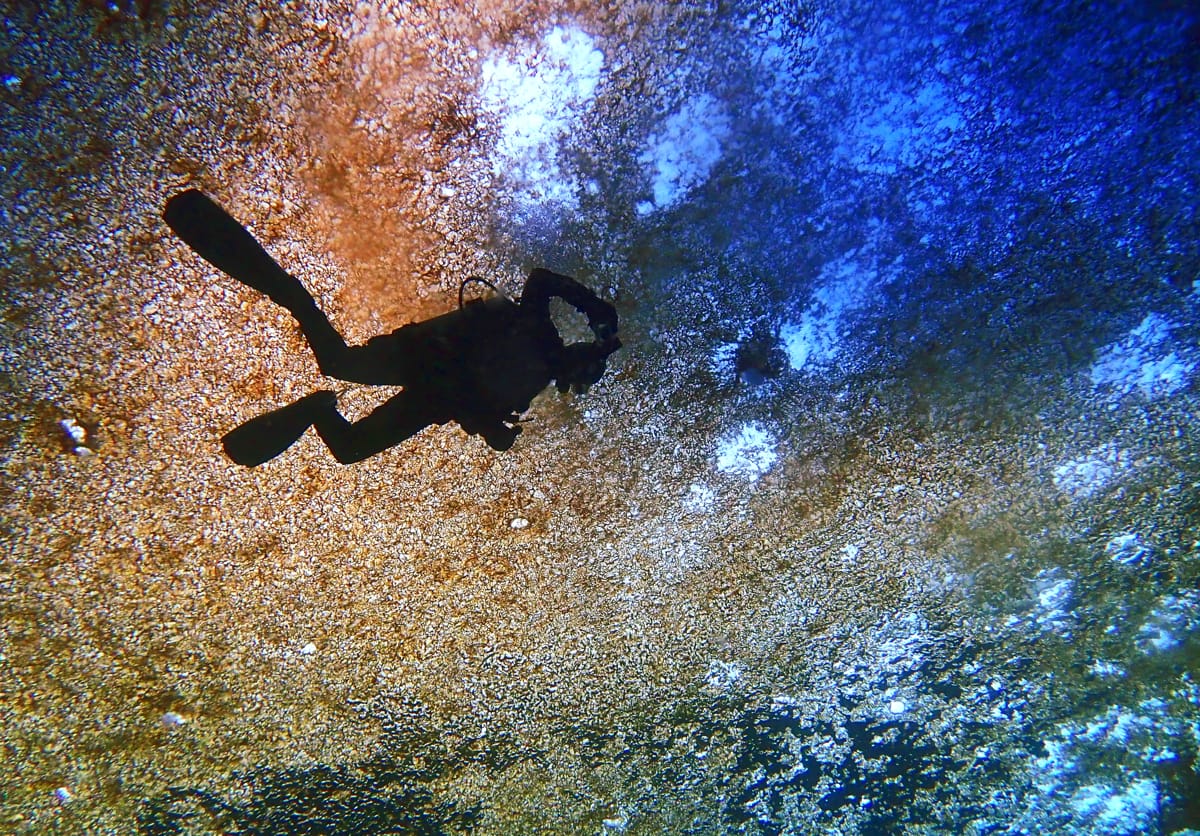US President Joe Biden has used the occasion of this year’s Antarctic Treaty consultative meeting to release a new high-level policy statement on Antarctica. The “National Security Memorandum nSM-23” revises and replaces the version issued by Bill Clinton in 1994 .
Much has happened in the Antarctic in the 30 years since, accelerating climate change not the least, along with significant geopolitical shifts, through the rise of China and Russia’s illegal invasion of Ukraine (a fellow Antarctic Treaty party). A cursory glance would indicate that the new US memorandum reflects a “steady as it goes” approach, but there are important messages in the statement outlining US thinking on the geopolitical and environmental future of the region – and many of these that are directly relevant to Australia’s Antarctic interests.
Unlike Clinton’s 1994 statement, which included the Arctic, Biden’s Antarctic memorandum stands alone, and is much longer. US interests in Antarctic policy are stated as having four objectives:
(1) to protect the relatively unspoiled environment of the Antarctic Region and its associated ecosystems; (2) to preserve and pursue unique opportunities for scientific research and understand the Antarctic Region’s relationship to global environmental changes; (3) to maintain the Antarctic Region as an area of international cooperation reserved exclusively for peaceful purposes; and (4) to assure the protection and conservation of the living resources in and ecosystems of the Antarctic Region.
It is in Australia’s national interests to work with the United States and other Antarctic countries to protect, maintain and strengthen the Antarctic Treaty System.
These objectives essentially reprise the 1994 statement, but the rest of Biden’s memorandum elaborates more fully on US policy and its future engagement in the Antarctic Treaty System (ATS). Notably, Biden’s memorandum explicitly affirms the US position in relation to sovereignty in Antarctica, that the US does not recognise any existing Antarctic territorial claims, but maintains its position as having the basis of territorial rights in Antarctica:
The United States reiterates its steadfast position of not recognising sovereignty claims and of reserving all its rights throughout the whole of the Antarctic Region, consistent with the Antarctic Treaty.
This statement does two things. It explicitly and publicly re-asserts the long-held US position on its potential sovereign rights in Antarctica (a point absent from the 1994 statement), and it reaffirms the importance of Article IV of the Antarctic Treaty that governs how Antarctic sovereign claims are dealt with. Australia has done similarly with its position on sovereignty as relates to the Australian Antarctic Territory.
The latest US statement firmly anchors the strategic importance of the Antarctic to its national interests, not only by its publication as a “national security” memorandum, but also by its emphasis on peace in the region.

New also in this memorandum is a US commitment to transparency as a means to maintaining what it calls “the effectiveness and durability” of the Antarctic Treaty System . Transparency is coupled with compliance, best practice, and adherence to “relevant norms” by participants in the Antarctic Treaty System . To promote transparency, the United States has pledged to expand its polar icebreaker fleet with which it will support, among other things, Antarctic Treaty inspections of nations’ activities in Antarctica. The memorandum states that its approach to operations in Antarctica:
reflects the United States’ steadfast commitment to all aspects of the ATS, to include but not limited to arms control, the protection of vulnerable flora and fauna, and the general prohibition of activity relating to mineral resources.
It goes on to underline a US commitment to supporting science in Antarctica, and to protecting the Antarctic environment and the ecosystems of the region.
So, why does this memorandum matter for Australia?
Even though the United States does not recognise Australia’s sovereignty in Antarctica, both countries have articulated a number of similar Antarctic interests and objectives. These include maintaining and strengthening the Antarctic Treaty System, preserving Antarctica as a region of peace and science, protecting the local environment, and undertaking important and critical Antarctic science.
It may appear that the issue of sovereignty presents an obstacle, but the fact that the Antarctic Treaty is framed in such a way that both Australia and the US positions (and those of other countries) are maintained, ensures that both countries are committed to the Treaty and are firm in their support for it. Both countries know that undermining the Antarctic Treaty or a breakdown of the Antarctic Treaty System could usher in regional conflicts and geopolitical instability absent over the continent for more than 65 years since the treaty was adopted.
It is in Australia’s national interests to work with the United States and other Antarctic countries to protect, maintain and strengthen the Antarctic Treaty System. Discussions about Antarctica should take place between the two countries at the highest political, diplomatic, security, and administrative levels. This should extend to working together to build on the goal of transparency in the Antarctic Treaty System through more frequent and enhanced inspections, and ensuring compliance with the Treaty’s reporting requirements. And both nations should be exploring new ways to ensure that Antarctica remains a region of peace and science.

